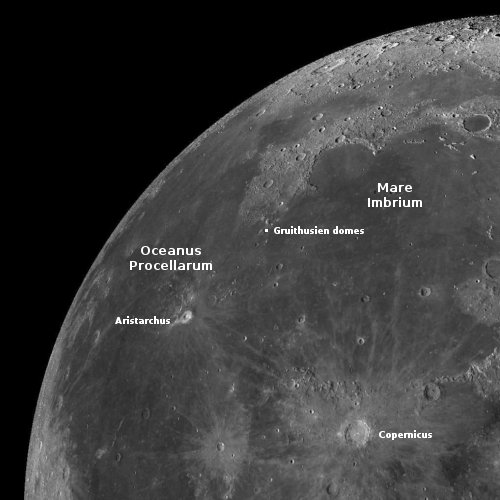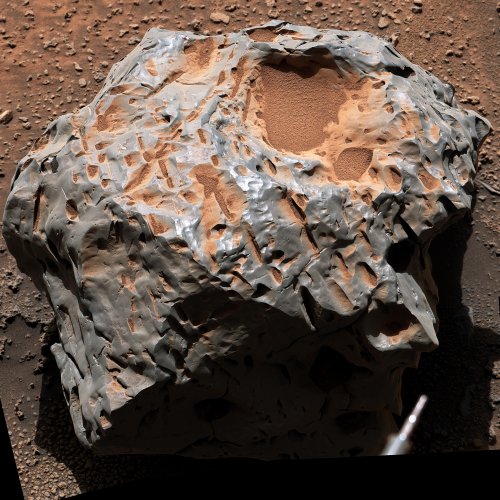Japan’s H3 rocket’s first launch delayed due to problem in “flight system”
Japan’s space agency JAXA announced today that it will delay the first launch of its new H3 rocket for two days, to February 15, 2023, in order to fix an unidentified problem in the rocket’s “flight system.”
The H3 rocket’s first launch is already three years behind schedule. In 2022 the launch was delayed for a full year due to the discovery of defects in its main engines.
This government-controlled rocket was supposed to allow Japan to compete in the international launch market. It does not appear at this point that it will be able to do a very good job at that task. Though Mitsubishi is the main contractor, it appears JAXA is in charge and owns it. Such arrangements rarely produce a cheap, efficient, and reliable product for the commercial market.
Japan’s space agency JAXA announced today that it will delay the first launch of its new H3 rocket for two days, to February 15, 2023, in order to fix an unidentified problem in the rocket’s “flight system.”
The H3 rocket’s first launch is already three years behind schedule. In 2022 the launch was delayed for a full year due to the discovery of defects in its main engines.
This government-controlled rocket was supposed to allow Japan to compete in the international launch market. It does not appear at this point that it will be able to do a very good job at that task. Though Mitsubishi is the main contractor, it appears JAXA is in charge and owns it. Such arrangements rarely produce a cheap, efficient, and reliable product for the commercial market.











